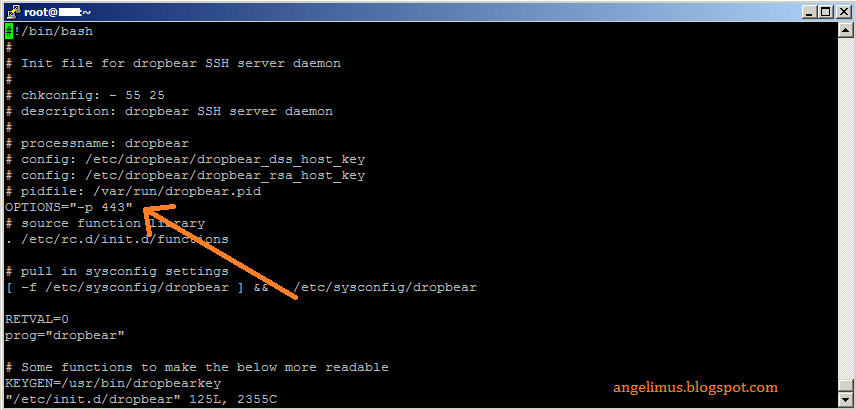- 2OpenSSH
This article provides a short overview of SSH on Alpine Linux.
Also see Secure Shell (Wikipedia).
Back in 2016, the BlackEnergy cybercriminals group that targeted the Ukrainian electric utilities and media, used a backdoored SSH server called Dropbear. According to the ESET researchers, the attackers deployed a variant of this software on compromised machines that had been pre-configured to accept a hard-coded password and key for SSH. DESCRIPTION dropbearkey generates a RSA, DSS, or ECDSA format SSH private key, and saves it to a file for the use with the Dropbear client or server. Note that some SSH implementations use the term 'DSA' rather than 'DSS', they mean the same thing.
OpenSSH is a popular SSH implementation for remote encrypted login to a machine. OpenSSH defines sshd as the daemon, and ssh as the client program.
The openssh package provides OpenSSH on Alpine Linux.

Installation

Install the openssh package:
apk add openssh
Also see Alpine Linux package management .
Service commands
Enable the sshd service so that it starts at boot:
rc-update add sshd
List services to verify sshd is enabled:
rc-status
Start the sshd service immediately and create configuration files:
/etc/init.d/sshd start
Also see Alpine Linux Init System.

Fine tuning
Dropbear Ssh Config
You may wish to change the default configuration. This section describes some of the configuration options as examples, however it is by no means an exhaustive list. See the manual for full details.
The fine-tuning is done by editing /etc/ssh/sshd_config. Any line starting with '#' will be ignored by sshd.
Other configuration options are shown in /etc/ssh/sshd_config. The file includes comments that explain many of the options.
Firewalling and Port Changes
By default, sshd will communicate on TCP port 22.
Sometimes 22/tcp is blocked by a firewall over which you have no control. Changing the Port option to an unused port number in /etc/ssh/sshd_config may be useful in this situation.
Restart sshd after making modifications to the configuration file:
/etc/init.d/sshd restart
Dropbear is another open source SSH implementation.Install dropbear through the Alpine setup scripts, or manually with:
apk add dropbear
Start it:
rc-service dropbear start
Add it to the default runlevel:
Dropbear Ssh Client
rc-update add dropbear
Use the following command to check all available server options:
dropbear -h
The config file is located at /etc/conf.d/dropbear
dropbear also includes an SSH client which in its simplest form can be used like this:
dbclient host.example.com
dbclient x.x.x.x
(where x.x.x.x is the IP address of the remote machine).
Use dbclient -h to see all available options.
OpenSSH (openssh.com)
OpenSSH (wikipedia.org)

